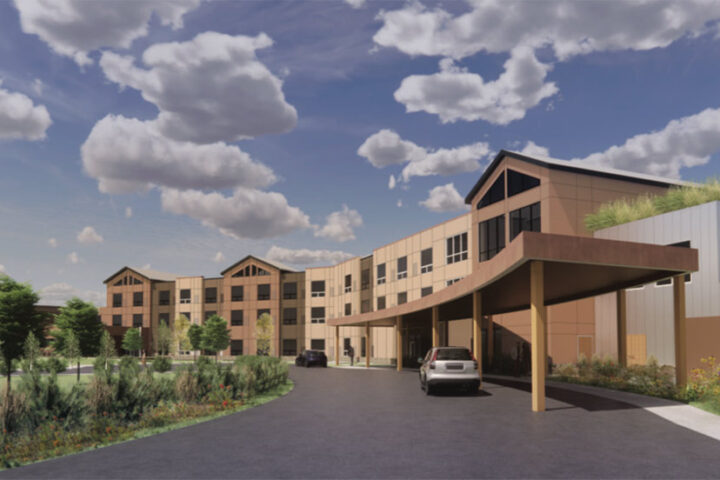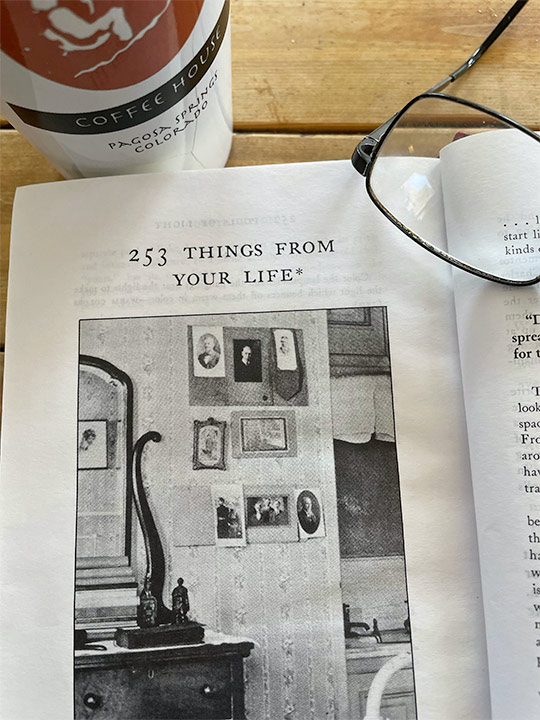After reading Bill Hudson’s two-part editorial about the controversy over gables, setbacks, staircase massing and “neighborhood character” amongst some local business owners on the east side of downtown, I was left with a question:
What is more important to local businesses and planning elites: human scale, or humans?
Sorry, but it’s a fair question and the answer is not at all clear.
This soon-to-be-heated debate about the residential character of an “East Village” where no Pagosa families actually live is fascinating. There’s a curious architectural homeopathy at work. As actual residents are pushed out and evicted from the live/work/play neighborhood, the power of residential design features and the superficial appearances of residences without residents are magnified. The passionate insistence on a neighborhood character for a non-neighborhood is noteworthy.
Now, one can sympathize with local business owners who feel the massive, listless development at 232 Pagosa is outsized and brazenly violates the 2006 Downtown Master Plan and its 2018 update (Pagosa Forward!) which asserted a very different and distinctive future for the “East Village” defined by its historic residential character and human scale.
But the original plan and the rather inspiring (despite the silly name) 2018 update also asserted a different future for the humans in the East Village:
- Provide a variety of neighborhoods that contain a mix of housing that is attainable by all our citizens, no matter age, income, or ethnicity;
- Pagosa Springs envisions a future where affordable and attainable housing choices are available for all members of the community, with homes linked to working and shopping by an integrated, multi-faceted, multi-modal transportation system…
It doesn’t appear that business owners are nearly as concerned with the ‘human’ issues in the East Village as the ‘human scale’ issues. Almost all of the live/work/play apartments in the East Village above the shops and restaurants have been converted to massively tax subsidized mini-motel suites, while the employees in the East Village are facing rents of $1800/mo. for a one-bedroom and $2300 for an average two-bedroom rental (reportedly 50% higher than Durango, as of February 2022).
Or they are wintering in fifth wheels. Or moving away.
Now, I’m not immune to the architectural issues. It’s a little sad that apart from the designs of Courtney King and Cappy and Monica White, our main street is by turns gap-toothed and tedious. And it’s unfortunate that the proposed Springs Resort hotel expansion looks like a payroll processing firm or radiology clinic on Lomas Boulevard.
But at least the hotel rooms are 900sf. They are 300% larger than the ‘apartments’ at Pagosa Inn and Suites… and will no doubt make decent workforce housing in 60 years.
My personal Nobel in Literature for the 20th century goes to Christopher Alexander’s A Pattern Language, an exploration of architecture which is at once programmatic and open ended and never, not once in a thousand pages, imagines that human scale can exist in any meaningful way apart from human and community health.
Because what good are all the aesthetic and design preferences, apart from human well being?
What is a child cave (pattern 203) without children? It’s sad. Like a residential neighborhood without residents.
There are many fine design elements in the Town’s master plans and codes. Some are clearly echoes of Alexander’s work, which has provided a deeply humane alternative to modernism for many western architects. But recently the Town has attempted to add a few patterns to Alexander’s 253 non-dogmatic forms:
Pattern 254: Tourist Neighborhoods
Pattern 255: Closet Sized Family Rooms
Pattern 256: Family Motel Rooms
For some reason these departures from the fine sounding phrases, noble ambitions and smart designs in the Town’s master plans and codes are exciting none of the controversy or protest we’ll soon see over the residential neighborhood design features in a non-neighborhood without residents.
Human scale or humans? What’s the priority, people?


